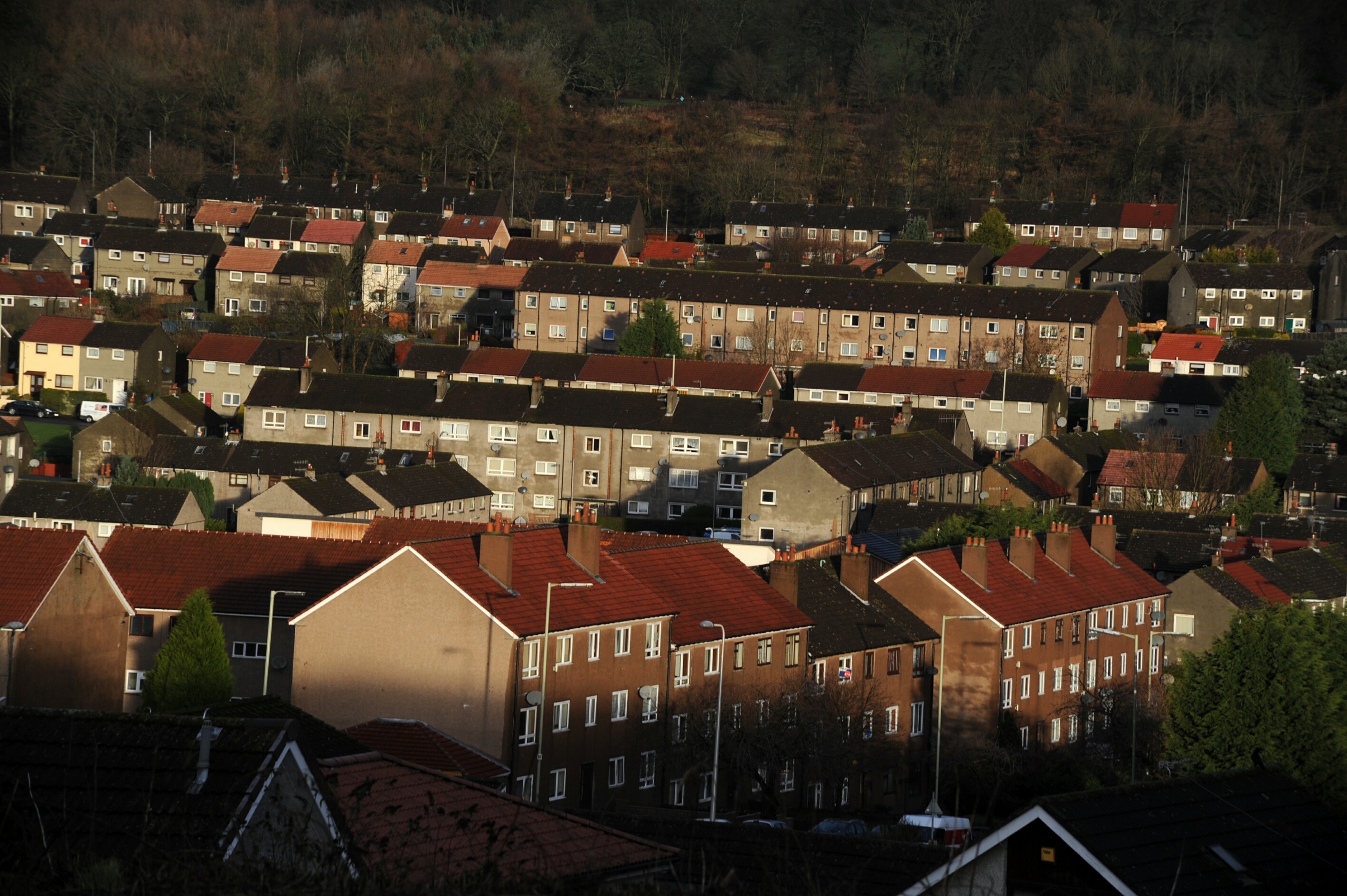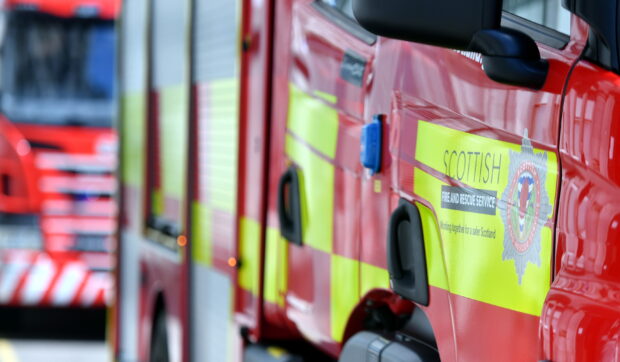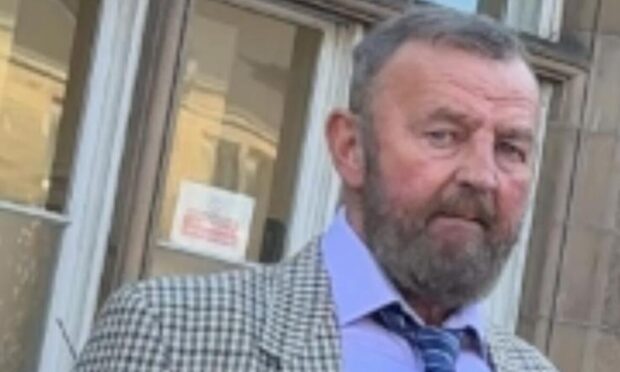Almost 700 private homes that had been lying vacant were brought back into use last year, a new report has revealed.
The Scottish Empty Homes Partnership (SEHP) said work by councils meant an estimated 697 properties – worth more than £110 million – are once again being used.
Despite “real progress” being made in 2015-16, SEHP called for councils to be given more powers to tackle the problem.
While there are about 34,000 private homes that are classed as being long-term vacant, there are some 150,000 individuals and families on the housing waiting list, with councils receiving more than 36,000 homeless applications last year.
The Scottish Government is being urged to introduce a compulsory sale order power, so that councils could force properties or land to be put on the open market if they have not been used for three years and show no prospect of being used.
The SEHP is also calling for funding to empty homes officers to be mainstreamed, so that all councils can have dedicated staff in place, as only 17 out of 32 authorities currently employ someone in this role.
The organisation also wants a wider range of incentive schemes to be made available by the Scottish Government and local authorities.
In its annual report for 2015-16 the SEHP said: “There continue to be challenges in pursuing effective empty homes work, primarily the restricted nature of existing financial incentives and the lack of an effective enforcement power for Scotland’s worst empty homes.”
Kristen Hubert, SEHP national manager, said: “In the last year real progress has been made to bring some of Scotland’s 34,000 empty homes back into use, including making use of almost £110 million in wasted assets and the launch of a free, national empty homes helpline.
“Despite this progress, more must be done to address the problem of empty homes, especially in light of Scotland’s ongoing housing crisis.
“More than half of local authorities tell us that the introduction of a compulsory sale order would be very useful in enabling them to be more effective in bringing empty homes back into use.
“We look forward to working with the Scottish Government and other empty homes partners to ensure that empty homes continue to be part of the solution to Scotland’s housing crisis.”
Housing Minister Kevin Stewart said: “This Government is committed to bringing forward provisions for compulsory sales orders as part of the ongoing programme of land reform measures.
“However, more work is needed to ensure any powers brought forward are effective in tackling the impact of abandoned buildings, particularly those that blight town centres and neighbourhoods, as well as adequately protecting the rights of owners.”
He stressed: “The Scottish Government is pleased to support the work of the Scottish Empty Homes Partnership and delighted this is delivering real results on the ground.
“These impressive results demonstrate the hard work of the Partnership and the network of empty homes officers to ensure as many empty homes are brought back into use as possible.”










